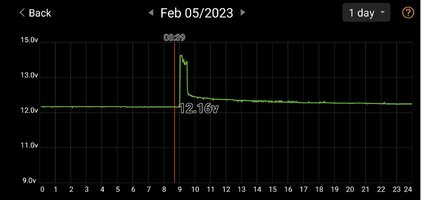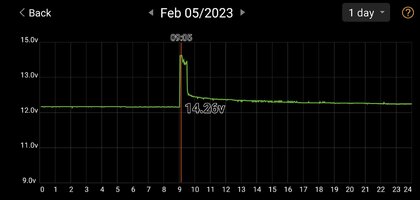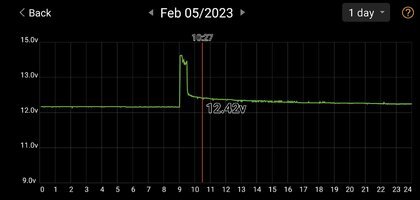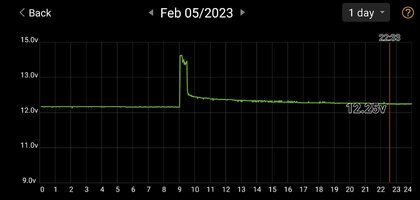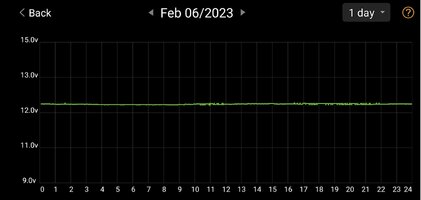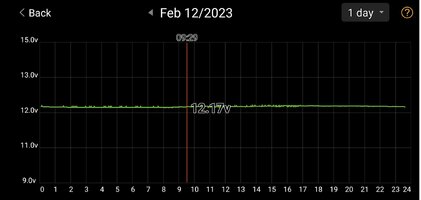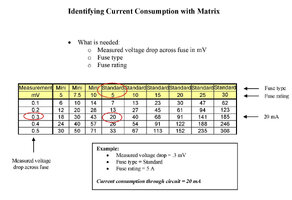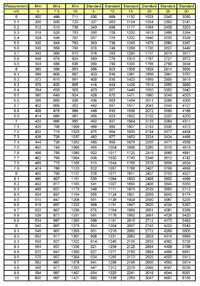Hi everyone. For those of you that have seen my other posts, I'm basically still utilizing all the videos and tools I can get my hands on that have been suggested but I think there's a basic concept I'm not grasping.
If I'm driving and my alternator is supposedly testing good and it's charging my battery, and my battery then drops voltage with the engine off, that would tell me there is a parasitic draw and every video I watch walks me through how to chase it. I'm getting confused as to why a draw would be initial and then stop.
For experimentation, I've used my original battery and a brand new battery and see the exact scenario between both. A fully charged good battery should still read approximately 12.6 in the morning right? Or even initially after turning the engine off? Both batteries immediately, or at least within minutes, drop down to 11.5 to 11.7 on average but they do not continue to draw throughout the night. Regardless of the amount of hours the vehicle sits, I will come back out and test and see those numbers as my average.
Isn't a parasitic draw constant? If I had a parasitic draw, wouldn't the battery continue to go lower as it sits longer? I'm not understanding something because before I can even get out of my vehicle and get set up with equipment to look at things, my battery is already quickly dropped and then it remains there in the 11 zone.
Would this be something other than parasitic draw? I may have to start all over with going through wiring and checking voltage etc to see what I missed, but I feel like I need to understand this quick drop and then hold steady concept first. It doesn't seem to match what my brain thinks of with parasitic draw since it stops after settling.
If I'm driving and my alternator is supposedly testing good and it's charging my battery, and my battery then drops voltage with the engine off, that would tell me there is a parasitic draw and every video I watch walks me through how to chase it. I'm getting confused as to why a draw would be initial and then stop.
For experimentation, I've used my original battery and a brand new battery and see the exact scenario between both. A fully charged good battery should still read approximately 12.6 in the morning right? Or even initially after turning the engine off? Both batteries immediately, or at least within minutes, drop down to 11.5 to 11.7 on average but they do not continue to draw throughout the night. Regardless of the amount of hours the vehicle sits, I will come back out and test and see those numbers as my average.
Isn't a parasitic draw constant? If I had a parasitic draw, wouldn't the battery continue to go lower as it sits longer? I'm not understanding something because before I can even get out of my vehicle and get set up with equipment to look at things, my battery is already quickly dropped and then it remains there in the 11 zone.
Would this be something other than parasitic draw? I may have to start all over with going through wiring and checking voltage etc to see what I missed, but I feel like I need to understand this quick drop and then hold steady concept first. It doesn't seem to match what my brain thinks of with parasitic draw since it stops after settling.

